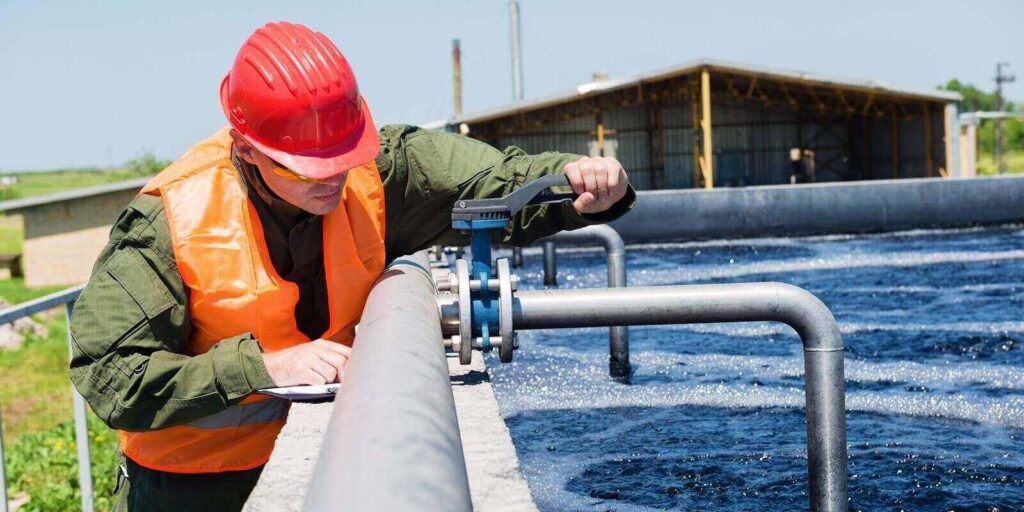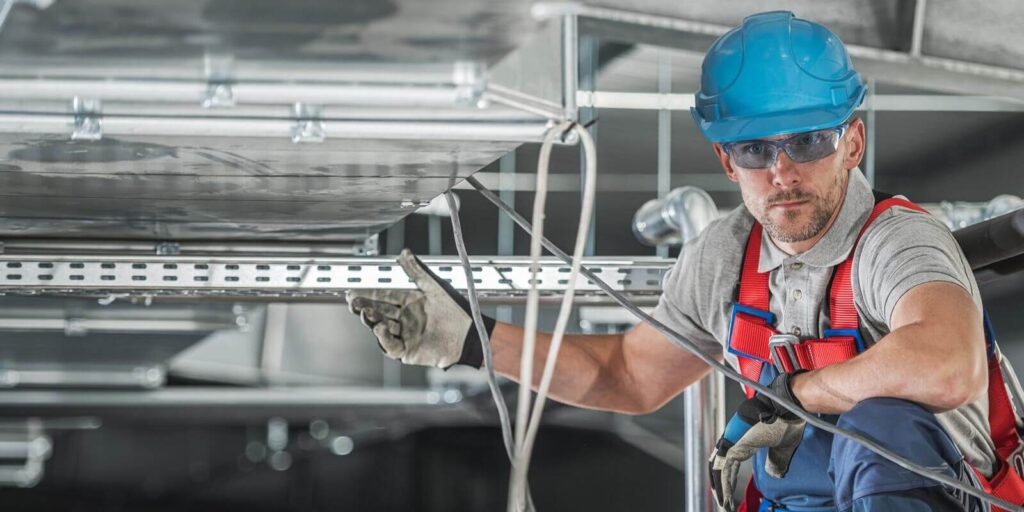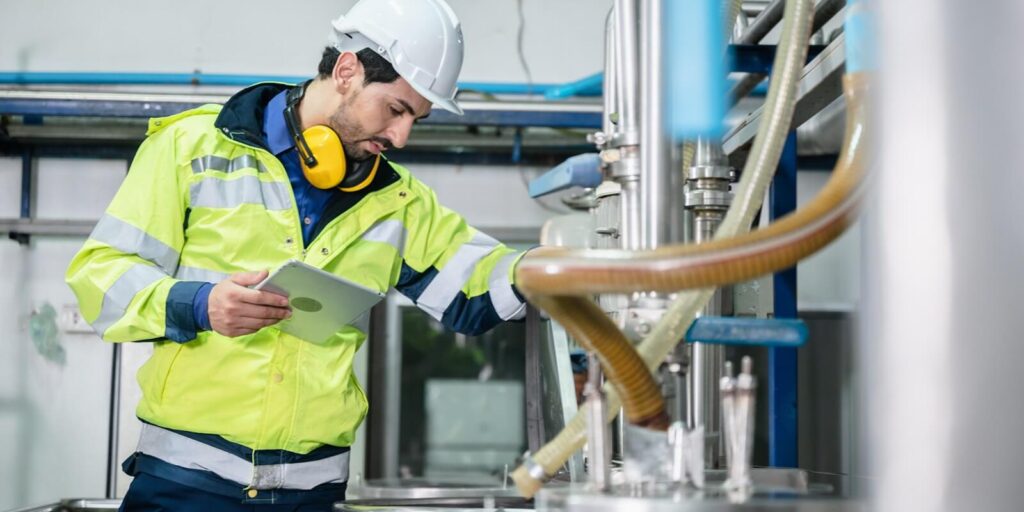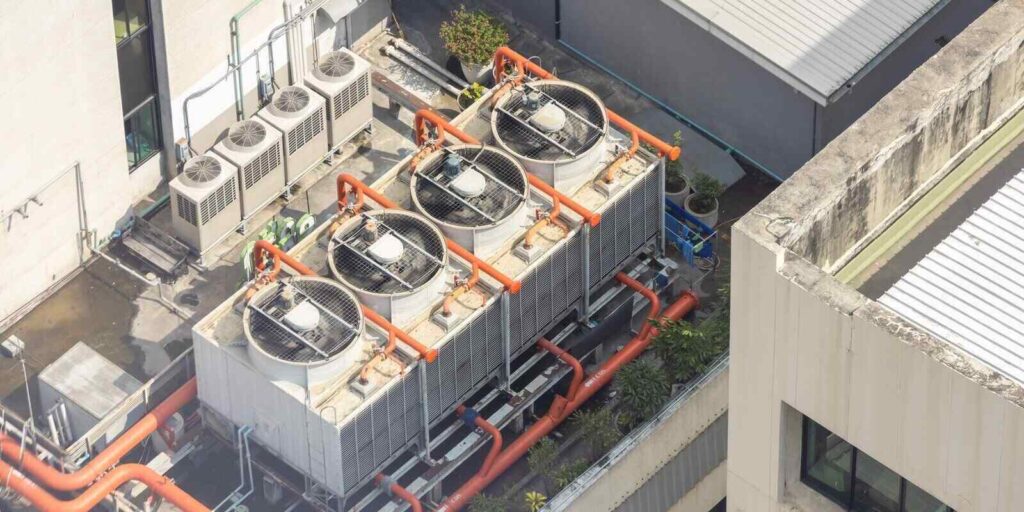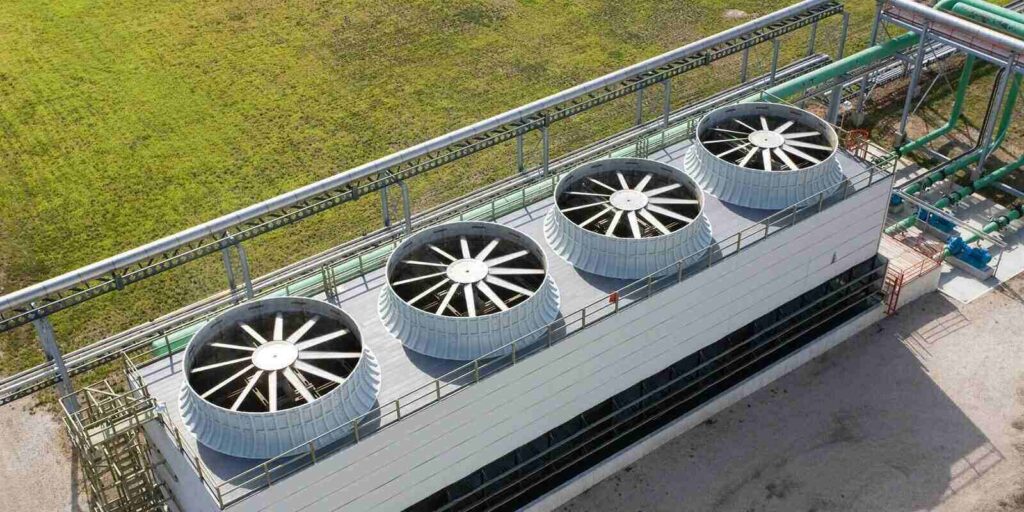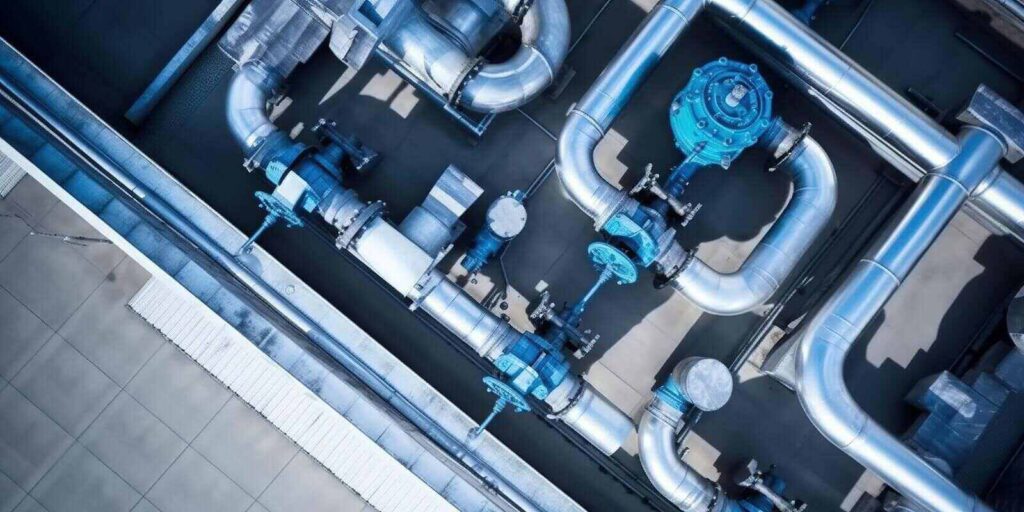With its dense population and vast amount of commercial and residential space, New York City has an immense demand for HVAC systems like cooling towers, boilers, and closed loops. Properly treating the water used by this equipment is a complex necessity that building staff must get right. Partnering with an experienced HVAC water treatment expert […]
Year-Round Excellence: Why is HVAC Water Treatment Important For All Seasons in NJ?
Maintaining optimal performance of HVAC systems year-round is essential for facilities in New Jersey, where temperatures can range from sweltering summers to freezing winters. Proper water treatment for cooling towers, boilers, chillers, and closed loop systems is critical to preventing issues like scale buildup, biological growth, freezing, and inefficient heat transfer. Neglecting HVAC water treatment can […]
Choosing the Best: A Guide to Water Treatment Services in New York
As a property manager, building engineer, or owner in New York City, ensuring efficient and compliant operation of your building’s cooling towers is a top priority. With stringent regulations like Local Law 77 in place, partnering with the right cooling tower water treatment service provider is crucial. This comprehensive guide is designed to help you […]
A Smarter Approach to Cooling Tower Cleaning
Generic Cleaning Fails To Resolve Issues As a busy facility manager, dealing with yet another vendor to clean your building’s cooling tower might seem like a hassle not worth the effort. You may even be tempted to simply ask your general maintenance crew to handle the task quickly themselves. However, taking shortcuts when it comes […]
Biofilm Prevention & Corrosion Control For Cooling Towers
Cooling towers are integral to maintaining a comfortable and safe environment in your building, but they can also be vulnerable to biofilm buildup and corrosion, leading to efficiency loss, increased costs, and potential health risks. Biofilm buildup affects up to 90% of industrial water systems, and can result in energy losses of up to 30% […]
Elevating HVAC Efficiency: The Power Of Remote Monitoring With TWifi
In today’s world, every degree and kilowatt matters for building managers tasked with efficiently running HVAC systems. But equipment failures, changing conditions, and lack of visibility create costly disruptions. TWifi is Tower Water’s state of the art remote monitoring system for HVAC equipment. It enables 24/7 access to real-time performance data and instant alerts for […]
Cooling Tower Start-Up Procedures: Ensuring Efficiency and Safety
Cooling towers are complex systems that require careful water treatment not just during regular operation, but also during that critical moment of initial start-up after the off-season. While it may be tempting to rush through start-up to resume cooling as soon as possible, methodical adherence to start-up best practices pays dividends in the long run […]
The Vital Role Of Glycol System Cleaning
Glycol use in HVAC systems is common practice for facilities in the Northeast, and keeping them running efficiently requires specialized expertise. For chief engineers, mechanical contractors, and building managers overseeing these systems, lack of oversight and maintenance could result in tenant complaints, costly repairs, or even mechanical failures. This article details why it’s essential to […]
NYC Watersheds: What Do the 2024 Updates Mean for Your Building?
New York City’s vast watershed system that supplies drinking water to over 9 million people sees several important updates in 2024. From infrastructure projects to emerging contaminants, these developments have critical implications for commercial property managers overseeing buildings with heating, ventilation and air conditioning (HVAC) systems. It is important for building managers and engineers to […]

